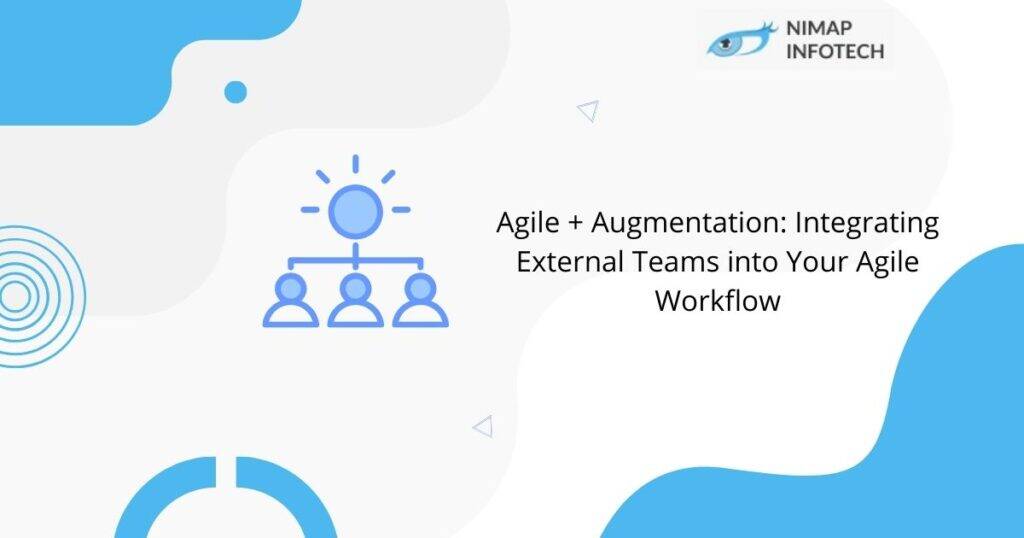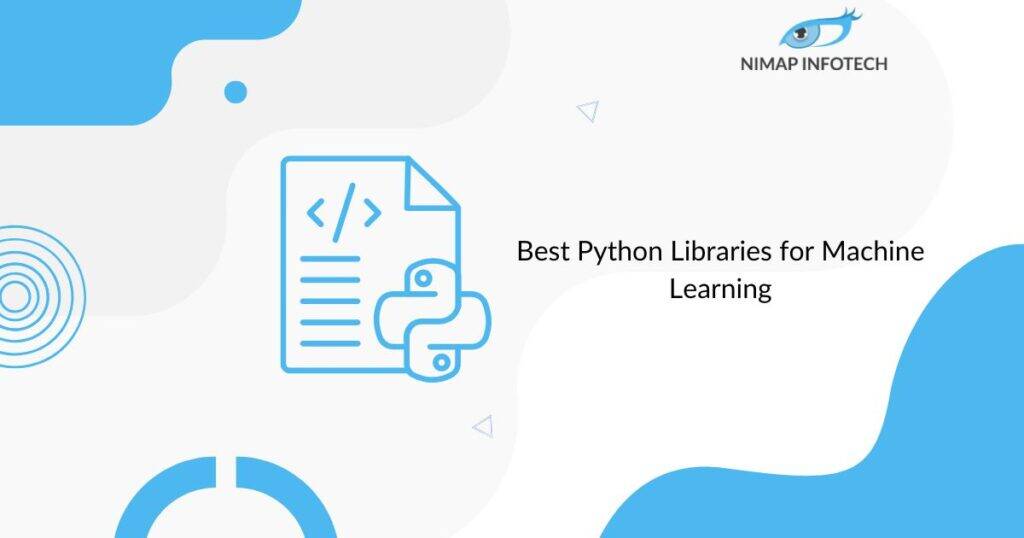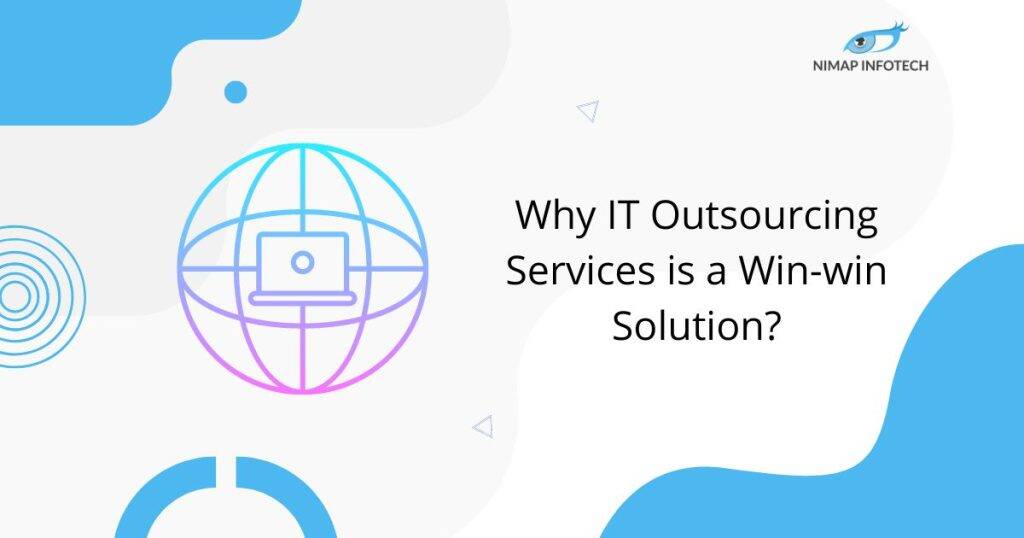Fintech is a broad word that encompasses a diverse set of technologies and services. We all come across some technologies regularly, without realizing it. Fintech technology encompasses a wide range of activities, from using payment cards to purchase items online and withdrawing cash from ATMs to sending mobile payments and registering for a home loan. Technologically savvy customers prefer digital financial management, including budgeting, lending, retail banking, and cash management, enabled by fintech applications. FinTech app development has enabled companies to update their operations, reach more clients, and provide specialized services.
In this digital era, fintech mobile applications will always be a preferable choice for consumers and businesses. If you are not familiar with fintech apps and their amazing benefits this blog will guide you through. Let’s dive into the world of fintech applications.
What is a Fintech App?
A fintech app, which stands for “financial technology application,” is a digital tool that automates and improves the supply and use of financial products. Fintech applications have the goal of streamlining various financial procedures and making them more accessible to the general population. These apps utilize advanced technologies like artificial intelligence, blockchain, and data analytics to offer user-friendly, efficient, and transparent financial services.
Fintech apps aim to enhance finance accessibility, efficiency, and user-friendliness, transforming financial services and institutions by aiding in expense management, tracking spending, and saving planning.
Essential Features for Fintech Apps –
Registration:
- The registration function lets new users register an account in your fintech app.
- The registration procedure should be easy and intuitive, allowing users to sign up and log in using email addresses, passwords, and phone numbers.
- To ensure security and privacy, it is recommended to utilize a multi-factor authentication method.
Personal Account:
- The personal account feature allows each user to have their own space to handle their money.
- It gives the user a quick overview of their financial situation, including account balance, recent transactions, and financial goals.
- Utilizing personalization features, like modifying profile pictures or theme colours, aids in enhancing user engagement.
Payment Gateway:
- To deliver a positive user experience, the payment gateway component should provide a safe, seamless, and speedy transaction process.
- Your fintech app should accept a variety of payment methods, including bank transfers, credit and debit cards, and e-wallets.
Financial Management:
- The financial management feature is the core of every FinTech app.
- This feature provides a variety of services to users, including cost tracking, budgeting, investment tracking, and financial goal setting.
- Charts and graphs are examples of visualization techniques that can be used to simplify the understanding of financial data.
Also Read: How to Outsource Fintech Software Development
Creating Bank Cards:
- Users can utilize this functionality to connect their existing bank cards to the app and conduct transactions seamlessly.
- You can allow customers to create new digital bank cards with your fintech app.
- In addition, this functionality allows users just browse, manage, and modify their cards.
History of Transactions and Interactions:
- Incorporate a transaction history option into your FinTech app for customers to track spending and understand financial patterns.
- This feature may provide search and filter tools for facilitating access to specific transaction details.
Notification:
- The fintech app features a crucial notification feature that alerts users to significant account activity.
- Payment due dates, unexpected transactions, account balance updates, and the attainment of financial goals are some examples.
- Push notifications can engage users in real-time and encourage them to take prompt action.
Onboarding System:
- An onboarding process guides new users through the app’s features and functionality.
- The onboarding process should be user-friendly and interactive, ensuring efficient app usage from start to finish.
Chatbots:
- Chatbots are a crucial feature that offers automated customer service.
- They can answer frequently asked questions, guide consumers through certain processes, and offer basic financial advice.
- They are available at all times, which improves customer service and improves user engagement.
Apart from these features, you can also add some advanced features which are equally necessary from the security point of view. To avoid fraud and scams happening with your customers.
Advanced Features:
KYC:
KYC, or Know Your Customer, is a method that financial apps employ to verify the true identity of their customers. It usually entails showing a government-issued ID and taking a selfie. KYC is essential for preventing fraud, money laundering, and other criminal acts, and it is a regulatory responsibility in many countries.
Biometric Scanning:
Biometric scanning strengthens the security of your finance app. It enables users to log in or authorize transactions with their fingerprints or face recognition. This feature not only provides a secure authentication technique but also an effortless and rapid login experience for users.
Two-factor Authentication:
Another key security element is two-factor authentication. In addition to the conventional login credentials, a second level of user verification is required, such as a code delivered to the user’s mobile number or email. This feature makes it virtually impossible for unauthorized individuals to obtain access to the account, even if they have the login details.
Card Scanning:
Card scanning speeds up the process of adding a new credit or debit card to the app. The app may gather the card’s details using the phone’s camera, saving the user from having to manually enter them. This feature improves the user experience by making it easy and quick to add cards.
Why Develop a Fintech Application?
Digital Transformation:
- Every industry needs to change with the evolving technology. Currently, the financial industry is going through an immense digital transformation to survive in the digital world.
- Custom software development for financial applications will enable you to engage in the digital revolution and provide a new, digital-first approach to financial services.
- Digital operations are cost-effective, enabling businesses to streamline their services and boost profitability.
- It is a strategy for remaining competitive in an increasingly digital financial market.
Growing Mobile Usage:
- Mobile phones have become a necessity in our daily lives for many reasons.
- People are increasingly using mobile devices for financial transactions due to the availability of fintech apps. This growth in mobile usage creates a massive opportunity for businesses.
- Businesses can use a fintech app to reach customers directly on their smartphones, providing services at their fingertips.
- People are increasingly using mobile devices for financial transactions due to the availability of fintech apps.
- Establishing a fintech app can capitalize on the growing sector and meet consumer demand for mobile financial services.
Financial Awareness:
- Fintech applications are crucial in fostering financial literacy. They provide tools that assist users in understanding financial concepts, managing their money effectively, and making informed financial decisions.
- From budgeting to investing to debt management, fintech applications provide consumers with knowledge and tools that make financial literacy more accessible.
- Businesses may increase trust and loyalty among their customers by developing a fintech app that encourages financial literacy.
- By equipping consumers with financial management tools and knowledge, businesses evolve into partners in their customers’ financial journey.
Steps to Develop an Effective Fintech Application –
We have reached the most important part of the blog, where we will be understanding how to start fintech app development. Let’s learn step by step for a proper understanding. Some of these steps will be entirely your responsibility, while others will need to be outsourced to your team.
Choose Your Niche:
- The first step in developing fintech software is to conduct market research.
- This is the first and most critical step. You must comprehend the environment’s current trends, the demands of your potential customers, and the competition.
- What are the current trends? Where is the gap that your software could fill?
- Perhaps a specific group of individuals is not being catered to, or perhaps a service can be improved. Focus on your niche after you have a clear vision.
Develop an MVP:
- To create a successful MVP, you must first define the business problem and identify your end consumers. Then you may plan your user path and experiment.
- Once your MVP is complete, you should test it with a select group of end users to improve the product’s quality. You can use their input to determine the acceptance and competitiveness of your product on the market.
Search for an IT Partner:
- A fintech application development company can assist you mannerly with the requirements of developing a financial application.
- Finding an experienced team who understands the intricacies of the IT industry is necessary. They can guide you through the complexity of app development and transform your business vision into a viable and secure digital solution.
- However, selecting an IT partner is more difficult than it appears. Many organizations claim to be fintech experts, but only a small percentage are. Nimap Infotech, a reputed software product development company, can develop an outstanding fintech product based on your requirements and bring your app vision to life.
Bring App Ideas to Life:
- Design transcends visual aesthetics; primarily, it prioritizes user experience and functionality, crucial in finance for usability.
- After identifying key MVP components, the next step is to transform these functions into a user-friendly design.
- This is where an experienced UI/UX designer may help. They will utilize essential capabilities to create a visually stunning, intuitive, and user-friendly interface.
- App design is critical for challenging finance software systems with extensive features that can be difficult to understand.
Development of App:
- After collecting user input on your MVP, your team can move forward with full-scale development. This is where the action begins for your app.
- The development phase is a tedious procedure that entails transforming your proven idea and thoroughly produced designs into a fully functional application.
- An excellent approach to fintech app development is to use an agile development process. This methodology enables flexible planning, progressive development, iterative testing, and gradual delivery.
- It’s especially useful for managing financial mobile apps, where needs might shift quickly in response to feedback from consumers.
Ensure App Quality With Testing:
- Testing is an essential step of the fintech app development process, whether you’re creating a small app or a full-fledged bank platform. And the sooner it starts, the better.
- Testing your software ensures that it functions as intended and that no defects are introduced into subsequent releases.
- Automated testing is crucial in this regard. Routine job automation allows you to save a considerable amount of money and development time by promptly identifying and correcting problems.
- You also ensure that as you add new features, they are not interfering with those that were previously working properly.
Read More: Benefits of Outsourcing FinTech Software Development
Conclusion
The dynamic world of fintech app development is continuously changing, giving businesses a unique opportunity to disrupt existing financial institutions and rethink how customers interact with financial services. The combination of innovative technology, customer expectations for ease, and an increasingly mobile-first strategy make financial apps more relevant than ever before. To stay ahead in this competitive landscape, businesses should hire fintech developers who specialize in creating secure, scalable, and user-friendly financial solutions. By embracing a fintech app, you may easily reach the vast market of tech-savvy consumers looking for personalized, smooth, and instant financial services.
Author
-

Sagar Nagda is the Founder and Owner of Nimap Infotech, a leading IT outsourcing and project management company specializing in web and mobile app development. With an MBA from Bocconi University, Italy, and a Digital Marketing specialization from UCLA, Sagar blends business acumen with digital expertise. He has organically scaled Nimap Infotech, serving 500+ clients with over 1200 projects delivered.
View all posts








